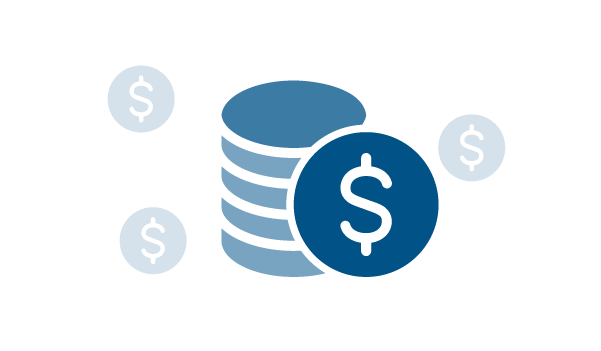The Safeguarding Tomorrow through Ongoing Risk Mitigation (STORM) Act became law on Jan. 1, 2021 and authorizes FEMA to provide capitalization grants to states, eligible federally recognized tribes, Puerto Rico and the District of Columbia to establish revolving loan funds that provide hazard mitigation assistance for local governments to reduce risks from natural hazards and disasters. The Act amends the Robert T. Stafford Disaster Relief and Emergency Assistance Act.
These low interest loans will allow jurisdictions to reduce vulnerability to natural disasters, foster greater community resilience and reduce disaster suffering.
Federally recognized tribes must have received a major disaster declaration during the five-year period ending on Jan. 1, 2021 to be a participating entity.

Notice of Funding Opportunity
On Dec. 20, 2022, FEMA released the Notice of Funding Opportunity (NOFO) making available $50 million for the new Safeguarding Tomorrow through Ongoing Risk Mitigation Revolving Loan Fund (Safeguarding Tomorrow RLF) program.
The application period will be open from Feb. 1 – April 28, 2023.
Program Overview
Program Highlights
- FEMA will not limit or restrict project types beyond the limitations in statute
- Loans may be used as a non-federal cost match for another HMA grant application.
- FEMA will not require entities to submit a benefit-cost analysis.

The Infrastructure Investment and Jobs Act (IIJA) became law on Nov. 15, 2021, fully funding the Safeguarding Tomorrow Revolving Loan Fund program and appropriating $500 million per year over five years. This will last through Fiscal Year 2026. For the first year, FEMA is making $50 million available to eligible entities to establish revolving loan funds.
FEMA has considered the administrative burden on entities and anticipates making available no less than $5.1 million per capitalization grant application selected for funding with this first funding opportunity.
FEMA will leverage a variety of factors in making awards. If necessary, applications that pass the eligibility criteria review may be evaluated further. Awarded amounts are subject to the availability of funds, quality of applications, and other applicable considerations.
Differences with the Safeguarding Tomorrow RLF Program
In other Hazard Mitigation Assistance grant programs, states and federally recognized tribes are pass-through entities which route subapplicant requests to FEMA for review.
Through the Safeguarding Tomorrow RLF program, FEMA empowers entities to make funding decisions and award loans directly. The revolving loan funds that they create will help local governments carry out hazard mitigation projects that reduce disaster risks for homeowners, businesses, nonprofit organizations and communities to help them build climate resilience.
As a new program, FEMA is ensuring that the Safeguarding Tomorrow Revolving Loan Fund (RLF) program development aligns with the intent of the STORM Act.
We are implementing necessary measures to prepare states, federally recognized tribes, the District of Columbia and Puerto Rico to apply for capitalization grants as well as manage and initiate loans to local communities.
Program Priorities
The priorities of the Safeguarding Tomorrow RLF program are to:
- Empower Entities. FEMA will collaborate with eligible entities to help them increase their capacity and capability, through focused engagement activities leading up to the application period and providing increased technical assistance during the Year 1 application period.
- Create innovative funding solutions. Applicants can leverage loans for non-federal cost share with other FEMA Hazard Mitigation Assistance programs, helping underserved communities access additional funding resources.
- Deliver equitable investments and increased access. A goal of the Safeguarding Tomorrow RLF program is that 40% of the overall benefits generated by the entity loan funds flow to underserved communities.
- Reduce grant application complexity. The goal of launching this effort is to reduce program complexity by breaking down barriers and increasing access to mitigation funding.
- Maximize administrative flexibility. Throughout the process, identify administrative burdens and reduce them to the greatest extent possible.

Read a fact sheet on the Safeguarding Tomorrow RLF program.
Learn More
Comments may be submitted to FEMA-STORMRLF@fema.dhs.gov.

